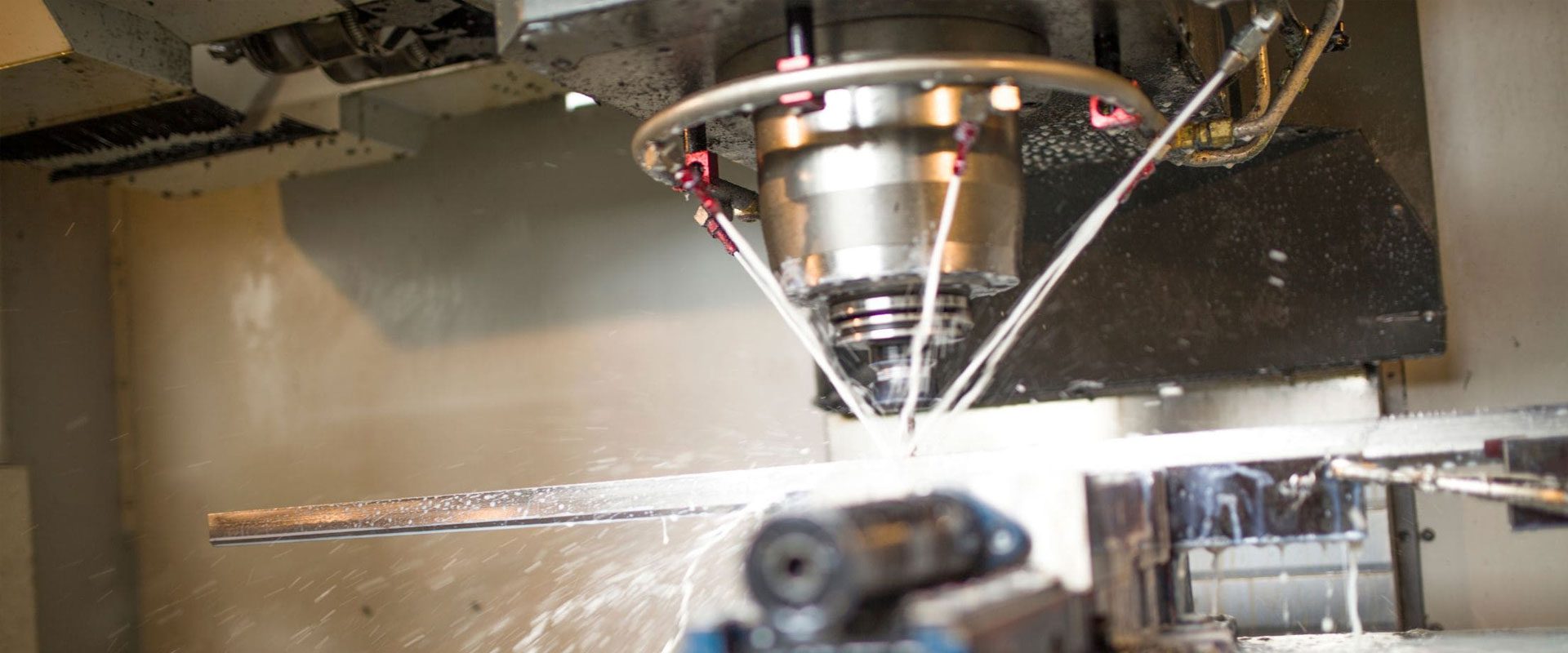In the realm of modern manufacturing, CNC (Computer Numerical Control) machines stand as indispensable tools, driving efficiency, precision, and innovation. However, one of the primary questions that arise when considering CNC technology is, “How much does a CNC machine cost?” The answer to this question is multifaceted, influenced by various factors and considerations that shape the investment required for acquiring and operating these machines.
What Is CNC Machining?
How To Become a CNC Machine Operator?
How To Use A CNC Machine?
First and foremost, it’s essential to recognize that the cost of a CNC machine can vary significantly depending on its type, size, capabilities, and brand. At the lower end of the spectrum, hobbyist-grade CNC routers or mills can be purchased for a few thousand dollars, making them accessible to enthusiasts, hobbyists, and small businesses looking to dip their toes into CNC machining.
Moving up the scale, professional-grade CNC machines designed for small to medium-sized businesses typically range from tens of thousands to a few hundred thousand dollars. These machines offer enhanced precision, reliability, and versatility, catering to a broader range of applications and industries. Whether it’s machining metal, wood, plastic, or composites, these CNC machines provide the performance and durability required for demanding production environments.
At the higher end of the market, industrial-grade CNC machines designed for large-scale production and heavy-duty applications command substantial investments, often exceeding a million dollars. These machines boast advanced features such as high-speed machining, automatic tool changers, multi-axis capabilities, and integrated automation systems. While the initial cost may seem daunting, these machines deliver unparalleled productivity, efficiency, and precision, making them indispensable assets for large manufacturing operations.
However, the upfront cost of a CNC machine is just one aspect of the overall investment. It’s essential to consider additional expenses such as installation, training, maintenance, and operational costs. Installing a CNC machine requires skilled technicians and may involve modifications to the facility, such as electrical wiring, ventilation, and safety measures. Moreover, operators and programmers need to undergo training to operate the machine effectively and maximize its capabilities.
Maintenance is another crucial aspect of owning a CNC machine, as regular servicing and upkeep are essential for ensuring optimal performance and longevity. This includes routine tasks such as lubrication, calibration, and replacing worn-out components. Additionally, unexpected breakdowns or malfunctions may occur, necessitating repairs and potentially impacting production schedules and costs.
Operational costs such as electricity, coolant, tooling, and consumables also contribute to the total cost of ownership. CNC machines consume electricity during operation, and certain processes may require the use of coolant or cutting fluids to dissipate heat and lubricate the cutting tool. Furthermore, tooling costs, including end mills, drills, inserts, and toolholders, can add up over time, especially for high-volume production.
In conclusion, the cost of a CNC machine encompasses more than just its purchase price. Factors such as type, size, capabilities, installation, training, maintenance, and operational expenses all contribute to the total investment required. While the upfront cost may vary depending on the machine’s specifications and brand, it’s essential to consider the long-term implications and benefits of integrating CNC technology into manufacturing operations. Ultimately, a well-informed decision regarding CNC machine acquisition and utilization can drive efficiency, productivity, and competitiveness in today’s dynamic manufacturing landscape.







